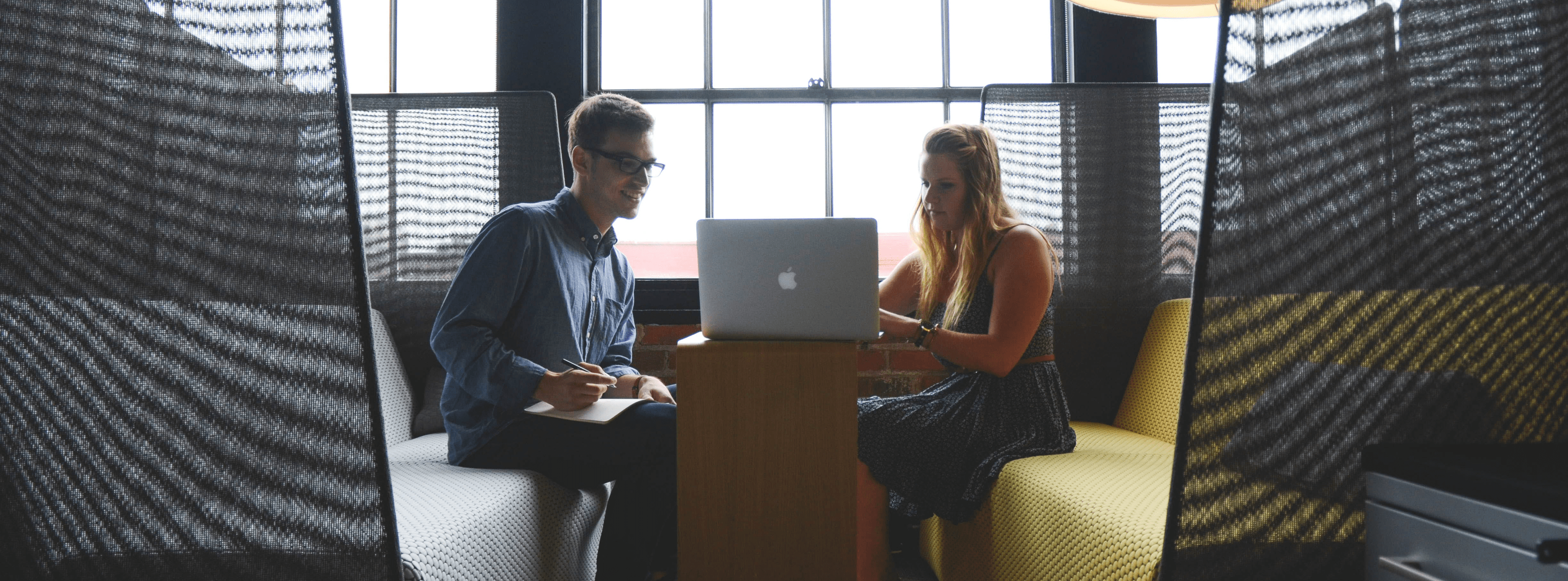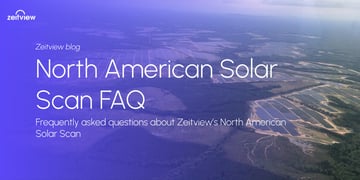Video tours of properties are essential in the commercial real estate market. A powerful method of highlighting a building’s features, its surrounding area, and giving a feel for a space before setting foot in it, video tours can entice buyers into taking a closer look at the property and ultimately signing a lease.
In order to create an ideal commercial real estate video tour, marketers must invest significant time and preparation to ensure high-quality video production. A poorly framed, dimly lit, or unusually staged setting can make even an incredible property seem undesirable. Following good video production principles is crucial to filming a great commercial real estate video tour.
Here are tips on how to shoot real estate video as well as additional real estate video ideas:
1. Capture a list of locations
Before you shoot, you have to know what you’re shooting. Begin by determining all of the different spaces your property has to offer, such as meeting rooms, lounges, or offices. Identify which of these spaces offer the most value and are most likely to be desired by a client, like the office with a better view or an area with built-in bike storage. This also extends to the building’s exterior and the surrounding area.
From this list, determine the most important spaces you need to capture. Are the bathrooms essential? Maybe not at an office, but it could be an important aspect of a store or mall. Don’t treat this as a list of locations you’re looking to exclude; instead, think of it as the areas that you must record in order to showcase the most essential aspects of the space.
2. Be mindful of angles and lighting
Once you’re ready to record, it’s essential to capture the space in the best light possible — literally and figuratively.
In general, shots of the space should be captured at as wide of an angle as possible, giving viewers an accurate glimpse into the true size of the space. An ill-positioned camera can create a claustrophobic or expansive effect that can make a room seem tiny or cavernous.
Subtle camera movement can help create a sense of space. Slowly panning across a room can give viewers a chance to take in the space gradually. Camera movement should be captured in conjunction with a tripod or other type of stabilization to create a smooth, jitter-free experience.
Capturing quality lighting can be tricky. Ideally, it’s best to use the lighting fixtures that are included with the space to highlight what a room actually looks like, but windows or types of lighting that don’t look appealing on camera may contribute to a look that’s washed out or too dim. Utilizing additional fill lights can help create the desired lighting effect.
3. Record the locale from above
Commercial real estate drone video has become a popular method of showing off a building’s exterior features, as well as the surrounding neighborhood and city. Capture the building and any important exterior features listed in the first step, as well as any important local landmarks, like iconic city features or neighborhood hotspots.
DroneBase offers several unique drone video packages for commercial real estate. Buildings, shopping centers, offices, multi-family properties, and other types of commercial real estate can all be captured from stunning views to truly show where the property lies. Professional drone pilots capture drone video for commercial real estate in stunning high definition, making commercial properties look just as good on video as they do in real life.
4. Put the video together
When it’s time to edit the video, shoot for an easily digestible time of two or three minutes. This may vary, of course, based on the building or size of the project, but a brief video tour is often a great way to quickly entice a viewer.
In editing the video, begin by using drone footage to showcase where the building is situated — in the neighborhood, and in the city. Next, highlight what it’s like to go inside the building by showcasing some of its most important and unique features. From there, you can begin to intersperse shots of the other crucial aspects of the commercial property. You want to make the space seem warm, inviting, and ready to be utilized.
If you have the bandwidth and creativity, you can put the video together yourself, or make a rough cut to give a professional editor clear direction on what you want. If you’re a Mac user, the free iMovie app is a great program to edit your footage, add transitions, and other effects.
The process of putting together a marketing video for your commercial property may seem daunting, and hiring a video production company to take care of it for you can add up in costs very quickly. Luckily, there are several resources available that can greatly alleviate much of the burden.
A quick Google search can provide storyboard templates, shot lists, and best practices for filming your own ground-based video. Also, free apps (such as iMovie mentioned above) can be powerful tools enabling you to take production into your own hands.
Capturing aerial imagery by drone is probably the most difficult of the above tasks. Fortunately you can book a professional, experienced drone pilot anywhere in the country when you work with DroneBase. At a fraction of the cost and time compared to the alternatives, you’ll receive stunning aerial footage within just a couple days of placing your order. Learn more or get started here.





